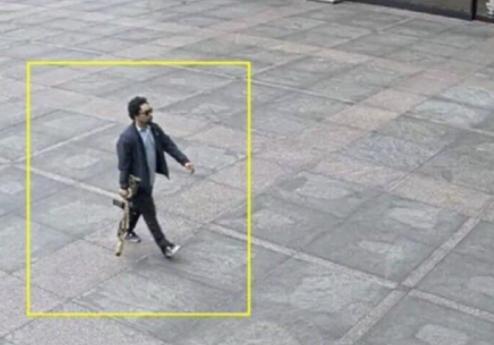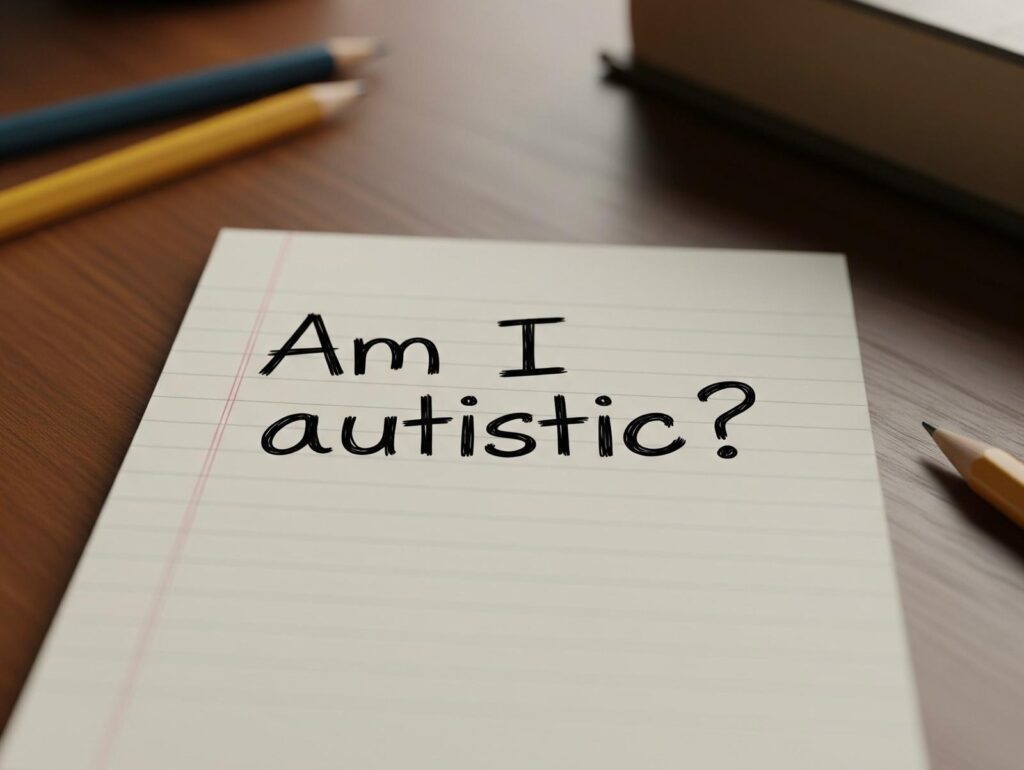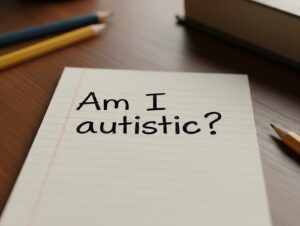By Therapy Near Me | July 2025
On July 28, 2025, a mass shooting at 345 Park Avenue, Midtown Manhattan, claimed four lives—including an NYPD officer—and wounded others before the perpetrator, identified as 27‑year‑old Shane Tamura, took his own life. Reports confirm that Tamura had a documented history of mental health challenges and left a suicide note claiming he suffered from Chronic Traumatic Encephalopathy (CTE)—a degenerative brain condition associated with repeated head trauma and observed in former contact sports athletes (NYPD; Washington Post 2025; Daily Beast 2025) .
Keywords: Mass shooter mental health, Manhattan shooter mental health history, Shane Tamura CTE belief, mass shooting CTE link, suicidal mass shooter, mental illness and gun violence, lone actor shooter psychology, mass shooting profile research, prevention leakage mass violence, psychological profile Tamura.
1. Mental Health History & CTE Belief
Tamura’s note asserted he had CTE and blamed the NFL for neglecting those suffering from the condition, referencing former player Terry Long, who died by suicide post-mortem diagnosed with CTE (Business Insider 2025; Daily Beast 2025) .
While CTE can only be definitively diagnosed after death, experts note its symptoms—mood swings, depression, impulsivity, cognitive impairment, and memory loss—align with those Tamura described and with behavioral risk observed in some individuals with repetitive brain trauma (Business Insider 2025) .
2. Mass Shooter Profiles & Mental Illness Prevalence
Approximately 70% of mass shooters have a documented mental health history, but only around 25–30% meet criteria for serious psychiatric disorders like thought disorders. Psychosis is present in only ~5% of such cases, while non-psychotic conditions—depression, substance misuse—are more prevalent (Peterson et al.; Columbia Psychiatry 2022) .
Shane Tamura appears to fall into this pattern: mental health struggles without clear evidence of psychosis, alongside suicidal ideation, self-harm, or personality disturbances common among lone-actor attackers (Peterson; Psychiatric Times 2019) .
3. Suicidality and Violence
Research indicates shooters who die by suicide (either self-inflicted or “suicide by cop”) often kill more victims—on average four or more—than those who survive. Tamura’s act fits this tragic profile: he travelled cross-country with firearm possession, left a manifesto-like note, and ended his life at the scene (Vuong et al., 2023; arXiv) .
4. Broader Context: Mental Health & Gun Violence
Though mass shootings draw public attention to mental illness, experts caution that focusing solely on psychiatric factors distracts from broader determinants like social isolation, grievance, narcissism, or community disconnection (APA consensus 2022; Columbia Psychiatry 2022) .
The Violence Project database highlights common themes in perpetrators: early trauma, loss events, grievance escalation, studying prior shootings, and access to firearms (Columbia Psychiatry; Wikipedia mass shootings 2025) .
5. Implications for Mental Health Understanding
- Mental health is rarely the singular cause of mass violence; in most cases, it interacts with personal and environmental stressors.
- CTE belief—real or mistaken—may contribute to anger, shame, identity distress, and justification of violence.
- Suicidal intent and profound hopelessness often precede acts of mass violence and can intensify lethality (Vuong et al., 2023) .
- Prevention opportunities may emerge from recognizing warning signs (“leakage”), grievance statements, or movement toward violent ideation (FBI leakage concept) .
References
American Psychiatric Association (2022) Consensus statement on mental illness and mass shootings.
Vuong, Q.-H., Nguyen, M.-H., Jin, R. & Le, T.-T. (2023) ‘Suicidal mass shooters and increased victim count’, arXiv.
Peterson, J., Densley, J. & Others (2022) ‘Characteristics of mass shooters’, Columbia Psychiatry.
Pies, R.W. (2019) ‘Dimensional model of mental functioning and mass shooter profiles’, Psychiatric Times.
Transaction and FBI Behavioral Analysis Unit data (2025) Leakage in mass shooters.
Business Insider (2025) ‘CTE brain disease and shooter note’, published 29 July.
Daily Beast (2025) ‘Shooter targeted NFL in manifesto’, published after July 28.
Washington Post (2025) Authorities investigating shooter note referencing CTE and NFL, 28 Jul.
Irish Times (2025) New York shooting report identifying shooter & mental health history, 29 Jul.
News.com.au / Times of India (2025) Shooter went to wrong office, blame on NFL and CTE, 29 Jul.
Discover more from Therapy Near Me
Subscribe to get the latest posts sent to your email.






